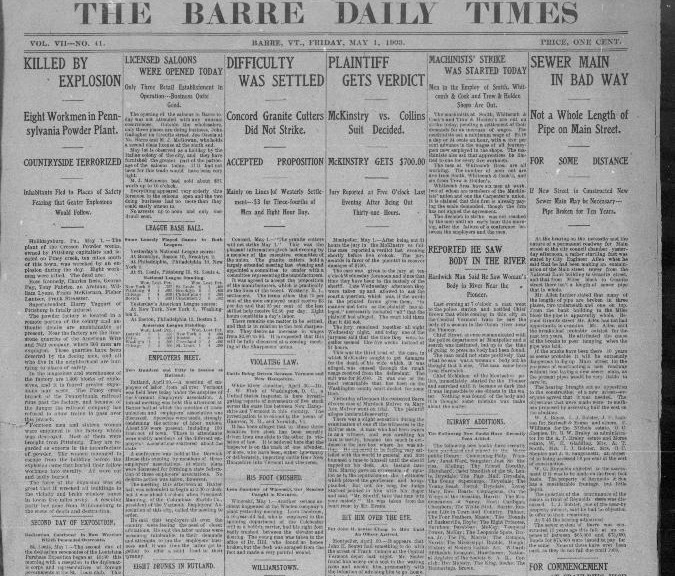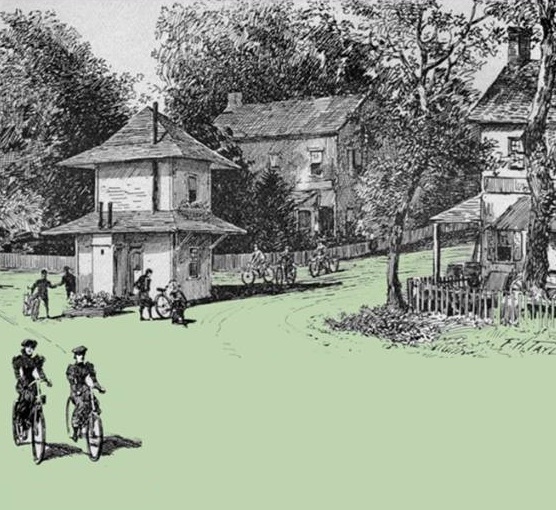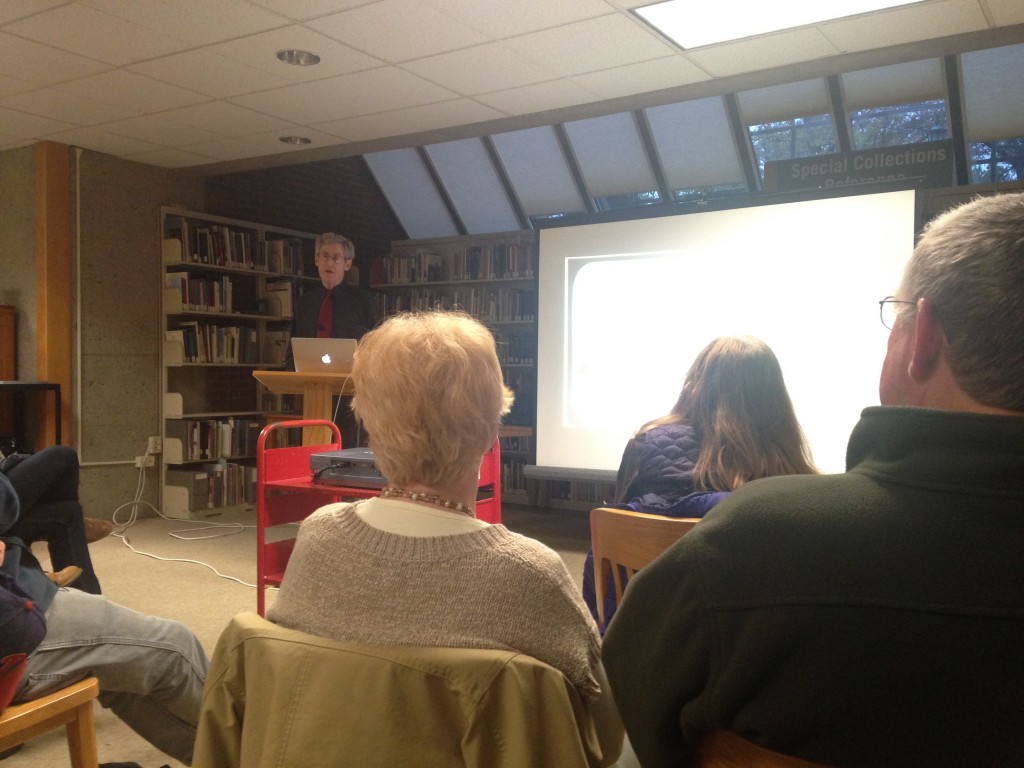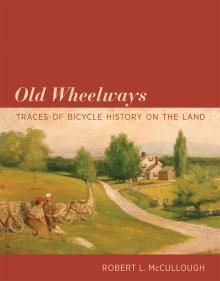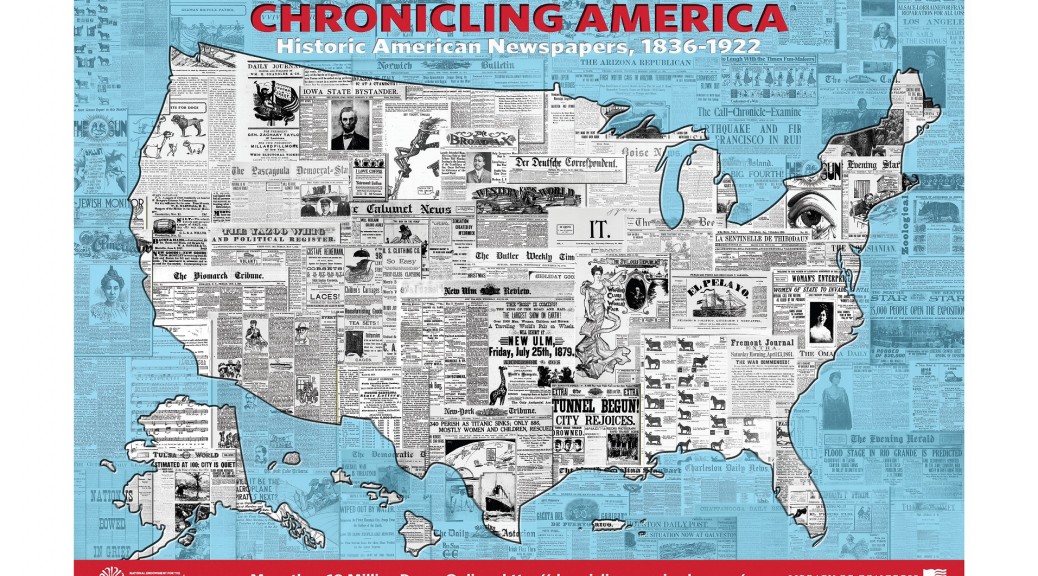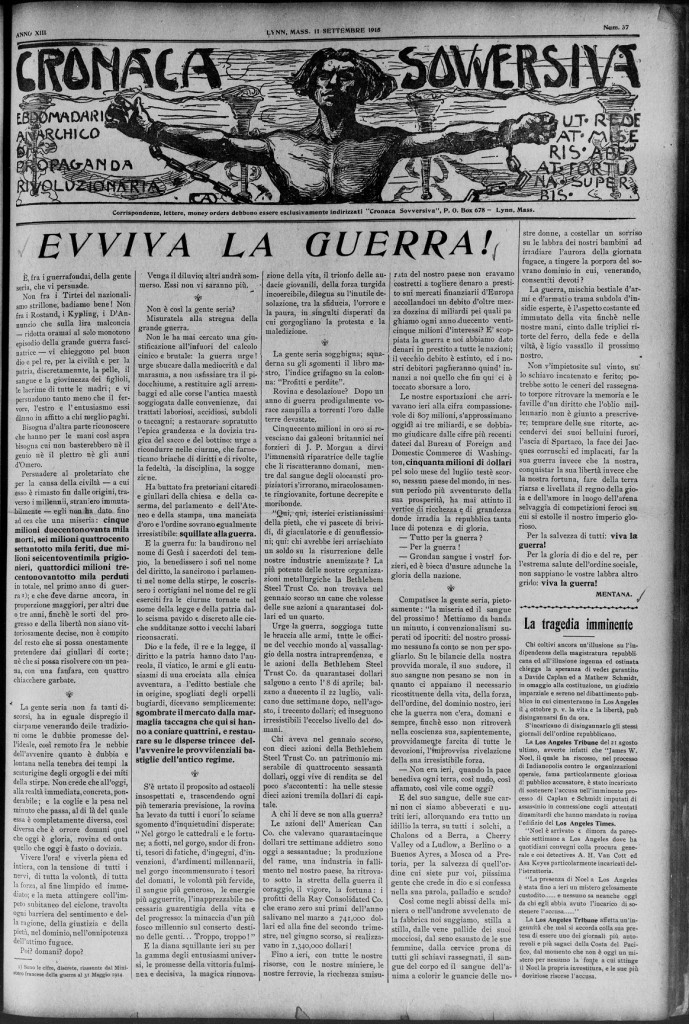Submitted by Jeffrey Marshall, Project Director
The VTDNP said thank you and goodbye to Project Librarian Erenst Anip at the end of July, so I represented VTDNP at the 2016
National Digital Newspaper Program annual meeting earlier this month. The meeting proved to be the most interesting of the three that I’ve attended. Fifty-four state project participants from 29 states joined NEH and Library of Congress staff for three days of presentations, updates, lightning talks, and discussions. Four states—Alaska, Colorado, Maine, and New Jersey—have started new projects, leaving just seven states (and four territories)
unrepresented in the program.
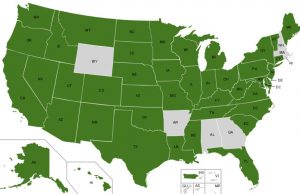
The Wednesday afternoon session was devoted to presentations from the winners of NEH’s Data Challenge awards. This contest, open to researchers at all levels, challenged users to apply
data-mining techniques to Chronicling America. The top award went to Lincoln Mullen of George Mason University, who studied the use and context of Biblical quotes in newspapers and how they corresponded with regional concerns, as well as historical events. Another project, by Andrew Bales of the University of Cincinnati, compiled data on lynchings, with impressive quantitative and
qualitative results. High school students in an AP History class at Sunapee (New Hampshire) High School also undertook some
interesting projects, including tracing the use of particular words across the country geographically and across time. Each Data
Challenge project involved the design and use of algorithms to
balance the geographical distribution and frequency of the
newspapers searched, among other factors.
Thursday morning began with updates. Since the last annual meeting in September, 2015, 1.3 million pages have been added to Chronicling America for a total of about 11.3 million. This encompasses 2,097 titles. Usage is down slightly, but the amount of time users spend on the site remains very high relative to other databases. The most popular search term this year: “flat earth.”
Significant changes in the scope of the program were also announced. Earlier in the summer NDNP notified participants that the date range has been expanded to 1670 to 1963. We learned that under some circumstances newspapers previously digitized outside of NDNP may now be submitted; guidelines for these will be published soon. Also, NDNP now welcomes applications for fourth-phase projects, particularly when a state has significant content to offer within the expanded date range.
Library of Congress staff spoke about copyright, in light of the decision to expand the range of content beyond 1922. It is important to note that NDNP will only accept those newspapers that can be proven to be in the public domain. This is not as prohibitive as it sounds. Apparently, many publishers failed to renew newspaper copyrights 28 years after first filing copyright, as required between 1923 and 1963, in which cases they reverted to the public domain. With frequent reminders that they were not offering legal advice, the speakers described some of the methods for determining whether a newspaper is under copyright.
I was pleased to present a “lightning talk” slideshow about our “Cycling Through the News” exhibit, which was well-received.
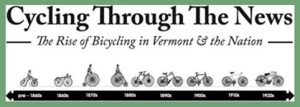
The Thursday reception was held in the beautiful Jefferson Building of the Library of Congress. It was a very congenial gathering, and it was with some sadness that I said goodbye to NDNP staff and fellow project participants. Various members of the VTDNP have attended the annual meeting since Birdie MacLennan launched the project in 2010, and former participants are always welcome. So, who knows? Perhaps it will be possible for some of us to attend in the future.

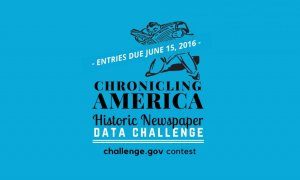
 Browse issues of the Barre Daily Times on Chronicling America from 1903-1915.
Browse issues of the Barre Daily Times on Chronicling America from 1903-1915.